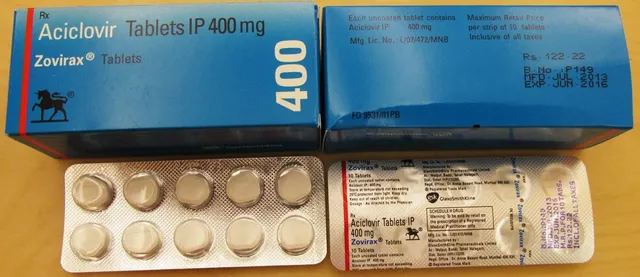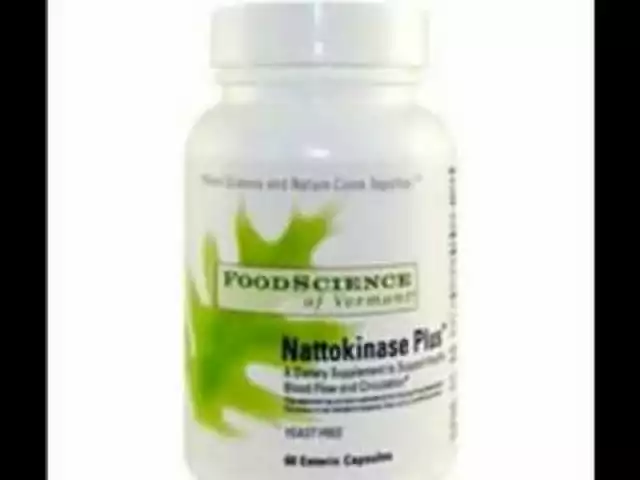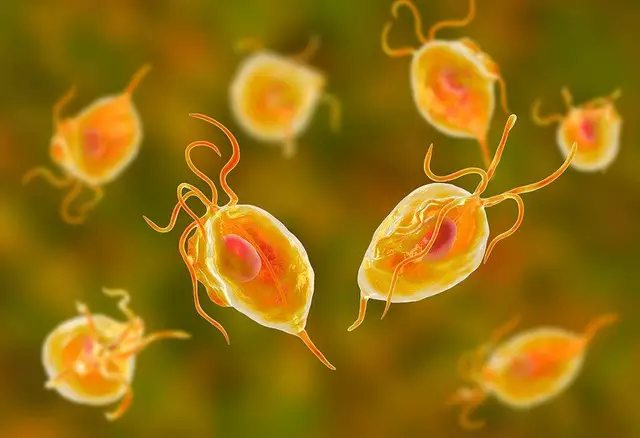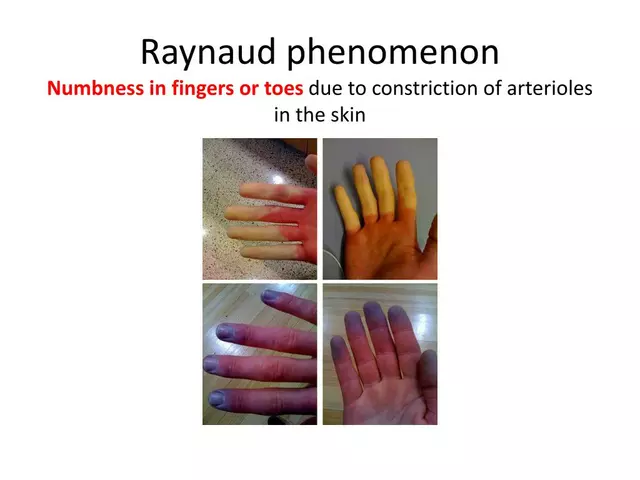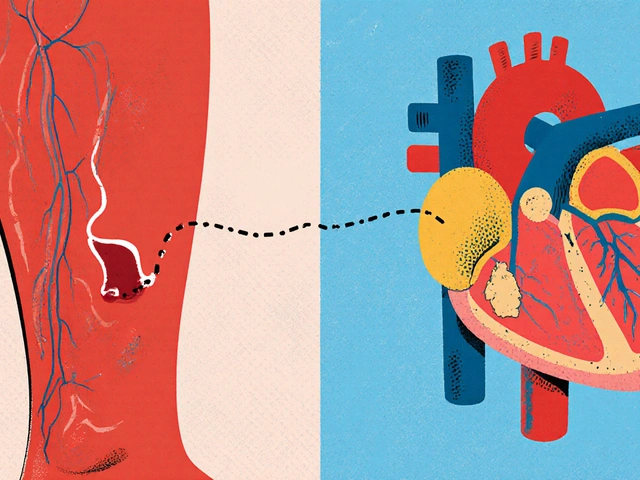Thyroid Cancer
When talking about Thyroid Cancer, a malignant growth that arises in the thyroid gland and can disrupt hormone balance. Also known as thyroid carcinoma, it thyroid cancer often starts as a small nodule but can spread to nearby neck structures if left unchecked. One key fact is that thyroid cancer encompasses several sub‑types, with papillary carcinoma accounting for the majority of cases. Because the disease involves the endocrine system, treatment plans usually include both surgical removal and hormonal management. Understanding these basics sets the stage for deeper insight into diagnosis and therapy.
Key Aspects of Thyroid Cancer
Two entities shape how doctors approach this condition: the thyroid gland, a butterfly‑shaped organ in the neck that regulates metabolism through hormone production and radioactive iodine therapy, a targeted treatment that destroys remaining cancer cells after surgery by using iodine’s natural affinity for thyroid tissue. The relationship is clear: treatment of thyroid cancer often includes radioactive iodine therapy to lower recurrence risk. Besides surgery, physicians may monitor thyroid hormone levels to ensure the body stays balanced. Lifestyle changes, such as a diet rich in iodine‑containing foods, can support recovery but never replace medical care. Recognizing how the gland’s function ties into therapy helps patients follow their care plan more confidently.
Accurate diagnosis hinges on a third critical tool: fine‑needle aspiration, a minimally invasive biopsy that extracts cells from a thyroid nodule for microscopic examination. Diagnosis of thyroid cancer relies on fine‑needle aspiration because it quickly distinguishes benign from malignant nodules, guiding whether surgery is needed. After a positive result, doctors stage the cancer—looking at tumor size, lymph node involvement, and distant spread—to decide on the best treatment mix. While papillary and follicular cancers respond well to surgery plus radioactive iodine, medullary and anaplastic types may need additional targeted drugs. Knowing these diagnostic steps and treatment pathways equips readers to ask the right questions and stay proactive about their health. Below you’ll find a curated list of articles that dive deeper into each of these areas, from symptom checklists to the latest therapy advances.
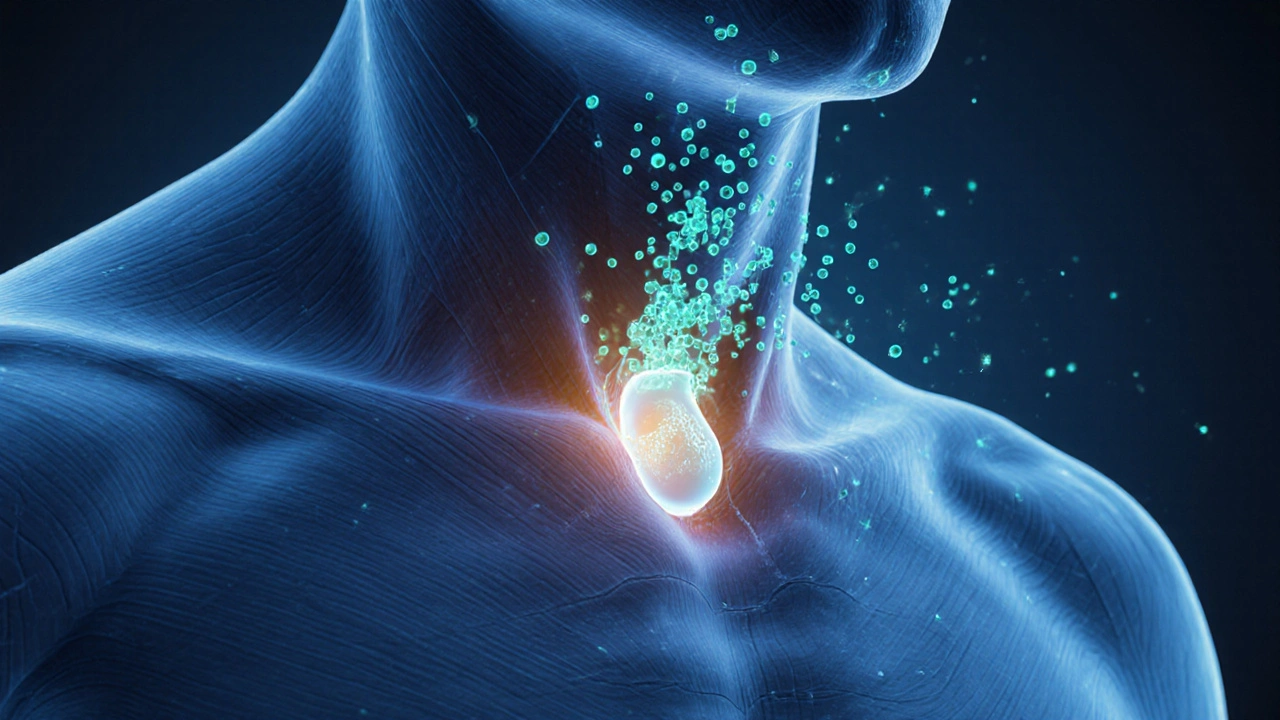
- Oct 5, 2025
- Posted by Cillian Osterfield
Radioactive Iodine Treatment for Thyroid Cancer: How It Works, Side Effects & Recovery
Learn how radioactive iodine (I‑131) works for thyroid cancer, preparation steps, side effects, and post‑treatment follow‑up in clear, practical terms.
Categories
- Health and Wellness (61)
- Medications (45)
- Health and Medicine (22)
- Pharmacy Services (11)
- Mental Health (5)
- Health and Career (2)
- Medical Research (2)
- Business and Finance (2)
- Health Information (2)
Latest Posts
©2025 heydoctor.su. All rights reserved

